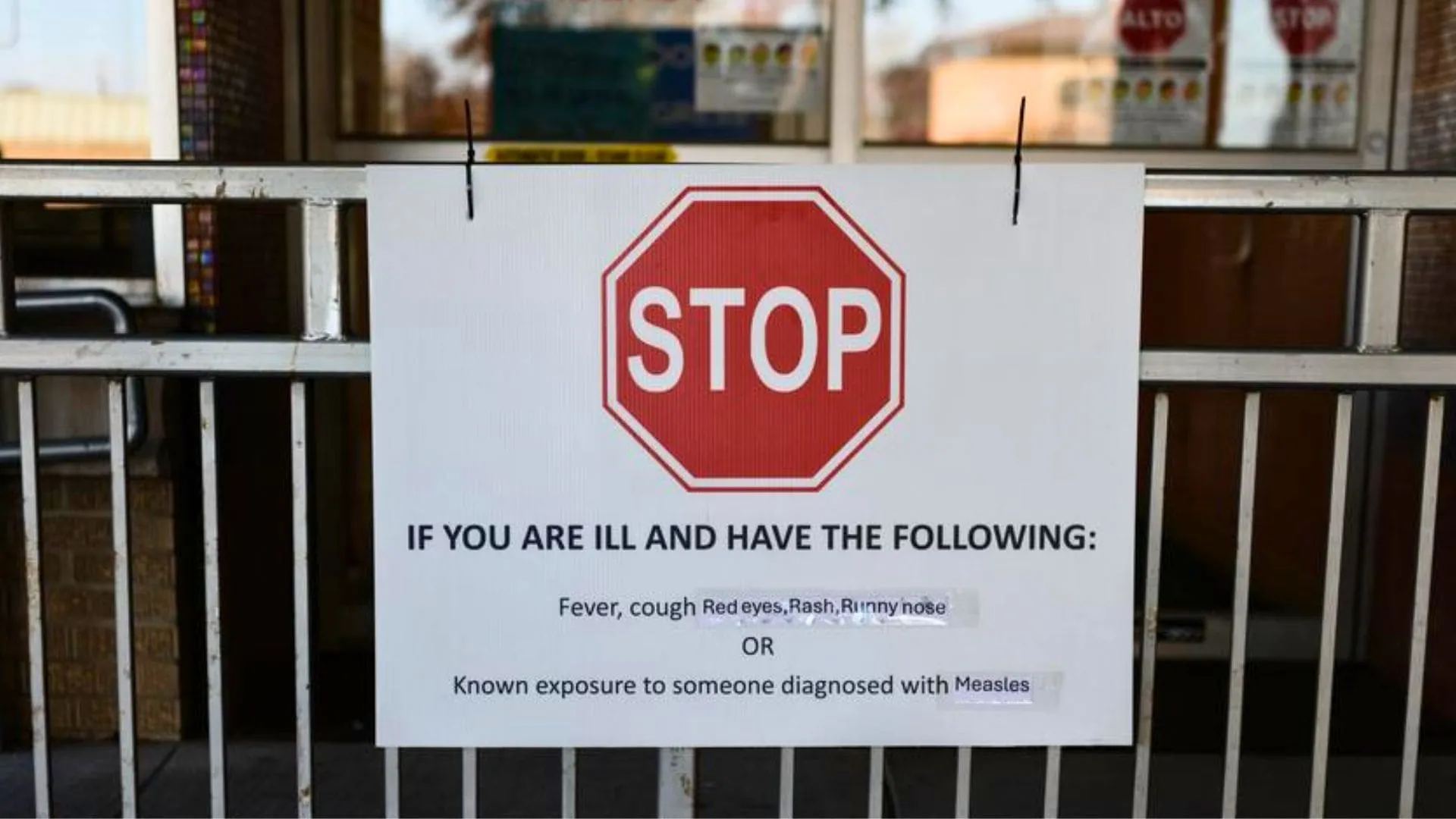Rabies, a viral disease that affects the central nervous system, is often associated with animal bites, particularly from rabid dogs. However, the recent tragic case of a Michigan resident dying from rabies after receiving an organ transplant has brought attention to other potential sources of this deadly virus. This incident underscores the importance of awareness regarding rabies transmission and the need for better preventive measures.
The Michigan Rabies Case: A Wake-Up Call
In 2024, a Michigan resident tragically passed away from rabies after receiving a kidney transplant from an infected donor. The donor, who had died from brain death, was later found to have been infected with the rabies virus. Rabies transmission through organ transplants is an extremely rare occurrence but is a known risk. The donor had not shown symptoms of rabies before the transplant, and rabies, being a disease with a long incubation period, remained undetected.
The recipient of the organ, along with a few others who had received transplants from the same donor, eventually developed symptoms of rabies, which led to the diagnosis. Despite receiving medical care, the Michigan transplant recipient succumbed to the virus. This case has prompted health authorities to re-evaluate the procedures for organ donation and transplant screening, especially with regard to diseases like rabies.
Rabies Transmission Beyond Animal Bites
While animal bites remain the most common source of rabies transmission, there are other, less recognized ways the virus can spread. Rabies is typically transmitted through saliva, which can enter the body through broken skin, open wounds, or mucous membranes such as those in the eyes, nose, or mouth. Here’s a closer look at potential sources of rabies infection beyond animal bites:
-
Organ Transplantation: As highlighted by the Michigan case, organ transplants can serve as a rare vector for rabies transmission. The donor in this case had undiagnosed rabies, and the virus was transmitted through the transplanted kidney. Organ transplants from donors who have not shown symptoms of rabies can sometimes lead to infection in the recipients. The virus can be present in various tissues of the body, including the cornea, kidneys, and liver, making organ donation a potential risk for rabies transmission if proper screening protocols are not followed.
-
Milk and Maternal Transmission: Rabies can also be transmitted from an infected mother to her offspring. Rabies has been detected in the milk of infected animals, particularly in mammals. Although human-to-human transmission through milk is rare, the transmission of rabies through breast milk from an infected mother to an infant has been documented in certain cases. Such instances, though exceedingly rare, highlight the need for heightened awareness in communities with high rabies exposure, such as rural areas where livestock may be carriers.
-
Open Wounds or Mucous Membranes: Rabies can be transmitted through saliva or other bodily fluids from an infected animal coming into contact with open wounds, cuts, or mucous membranes. This includes situations where an animal licks or scratches a person, especially if there are abrasions or open sores. In rare cases, humans have contracted rabies after having contact with saliva from an infected animal that was not through a bite. Transmission through a scratch or an open wound is rare but possible if the virus is present in the animal’s saliva.
-
Inhalation of Aerosolized Virus: Another rare route of rabies transmission is through the inhalation of aerosolized virus particles. This could occur in environments where infected animals’ saliva or excrement is aerosolized, such as caves or laboratories that work with rabies-infected animals or viruses. This type of transmission is rare but has been documented in people working in bat caves or laboratories. Rabies outbreaks have been linked to bat colonies, where aerosolized particles can infect humans.
-
Corneal Transplantation: Rabies transmission through corneal transplants is another documented but rare phenomenon. There have been reports of rabies being transmitted through corneal transplants, even when the donor did not exhibit symptoms of the disease. The virus can persist in the cornea and be transmitted to the recipient, despite the donor appearing to be healthy at the time of donation. This makes corneal transplants a potential risk for rabies transmission, though the likelihood remains low.
-
Animal Handling and Veterinary Workers: People working closely with animals, especially in veterinary medicine or animal handling, are at a higher risk of contracting rabies through exposure to the saliva of infected animals. In some cases, veterinary workers have contracted rabies while working with animals that were later found to be rabid. While animal bites are the most common cause, direct contact with saliva, fur, or tissues from a rabid animal can also pose a risk.
Understanding Rabies and Its Incubation Period
Rabies is caused by the rabies virus, a member of the Lyssavirus family. Once the virus enters the body, it travels along the nerves to the brain, where it causes inflammation and dysfunction. Symptoms of rabies can include fever, headache, anxiety, confusion, hallucinations, and paralysis. As the disease progresses, it leads to hydrophobia (fear of water), difficulty swallowing, and eventually, death.
One of the challenges in detecting rabies is the long incubation period, which can range from one to three months, but sometimes even up to a year. During this time, a person may not show any symptoms of the disease, making it difficult to detect early on. The Michigan rabies case illustrates the potential for this long incubation period to lead to unexpected complications in organ donation, where donors may seem healthy at the time of donation.
Rabies Prevention and Screening
Given the rare but dangerous risks associated with rabies transmission beyond animal bites, it is crucial to strengthen preventive measures in healthcare systems and communities. Here are some key ways to prevent rabies and reduce the likelihood of transmission through alternative sources:
-
Improved Organ Donation Screening: Following the Michigan case, there has been increased scrutiny on organ donation protocols. To reduce the risk of rabies transmission through organ transplantation, healthcare systems must improve screening and testing for rabies, particularly for high-risk donors. Donors should be thoroughly evaluated for any signs of infection or exposure to rabies, especially those with a history of animal contact, particularly in areas where rabies is endemic.
-
Rabies Vaccination: Rabies vaccination is the most effective means of preventing the disease. Individuals who are at higher risk of exposure to rabies, such as veterinarians, animal handlers, and laboratory workers, should receive the rabies vaccine. People who are bitten by an animal, especially in areas where rabies is common, should seek immediate medical attention for post-exposure prophylaxis (PEP), which involves a series of rabies vaccinations to prevent the onset of the disease.
-
Awareness and Education: Public health campaigns should focus on educating communities about the various sources of rabies transmission, not just animal bites. Awareness about the risks of rabies from sources such as organ transplants, breast milk, or contact with bodily fluids can help prevent unnecessary exposure. In regions with high rabies risk, education about the importance of seeking medical care after any potential exposure to rabies is vital.
-
Rabies in Animals: Preventing rabies in animals, particularly domestic dogs, is a key strategy in controlling the spread of the disease. Vaccination programs for pets, particularly in high-risk areas, can drastically reduce the number of animal rabies cases. Additionally, animal control measures such as reducing stray dog populations can help reduce the risk of human exposure.
-
Rabies Post-Exposure Prophylaxis (PEP): If a person is exposed to rabies through a bite, scratch, or contact with saliva from an infected animal, post-exposure prophylaxis (PEP) is essential. PEP involves a series of rabies vaccinations that can prevent the onset of the disease if administered promptly. It is important to seek medical attention immediately after any potential exposure to rabies to start the PEP treatment.
While rabies transmission through animal bites remains the most common and well-known source of the disease, the recent case of rabies transmission through organ transplantation in Michigan has highlighted the need for greater awareness of other potential risks. Rabies can be transmitted through other means, including organ transplants, milk, open wounds, and corneal transplants. Understanding these risks and improving preventive measures can help reduce the incidence of rabies in humans and prevent unnecessary deaths. As always, seeking proper medical guidance, including vaccinations and post-exposure prophylaxis, is crucial in preventing this fatal disease.























